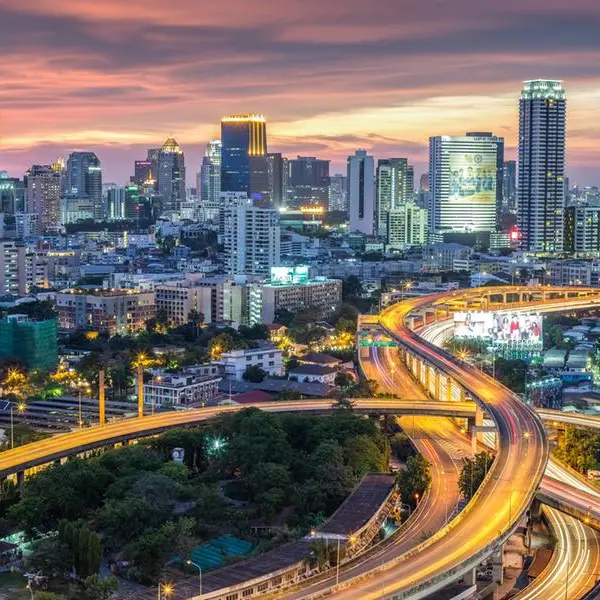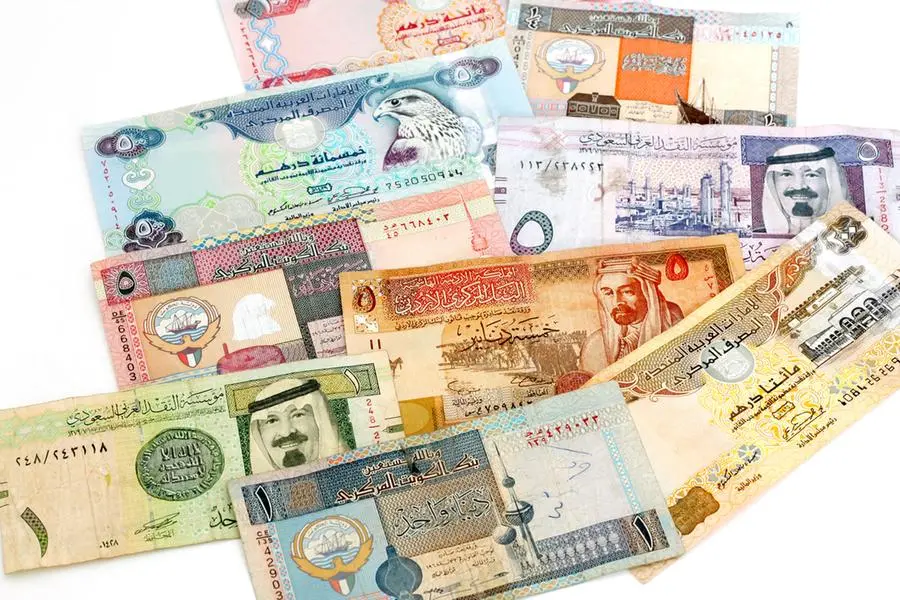PHOTO
The seal for the International Monetary Fund (IMF) is seen in Washington, DC on January 10, 2022. (Photo by Stefani Reynolds / AFP)
Somalia will be eligible for full debt relief from the International Monetary Fund (IMF) and other multilateral lenders by the end of this year as reforms to boost revenue collection and fiscal transparency begin to bear fruit, the lender has said.
Somalia reached the decision point for IMF debt relief under the Heavily Indebted Poor Countries (HIPC) Initiative in March 2020, which saw its debt stock reduce to $3.7 billion from the $5.2 billion it had accumulated by December 2018.
The full debt relief will reduce Somalia’s debt to $557 million, about 10 percent of its gross domestic product, allowing it headroom to address multiple shocks affecting its economic growth and development.
Although it is already in debt distress, the Horn of African nation cannot yet access full debt relief from the IMF until it shows commitment to structural reforms that will ensure “public resources are used effectively and to the benefit of all the Somali people, and efforts to promote stronger economic growth that will lead to more jobs”.
Good performance recordTo reach the completion point for full debt relief under the HIPC initiative, the lender also requires countries to have a good performance record under an IMF programme and implement its poverty reduction strategy for at least one year as pre-conditions.
A team of IMF staff last week met with Somali authorities – including finance and planning minsters and the Central Bank of Somalia (CBS) governor – after which the lender said the country is making progress towards the HIPC completion point prerequisites despite some challenges.“The authorities are committed to continue to improve revenue collection and make room for priority spending while containing discretionary expenditure pressures,” said Laura Jaramillo, who led the IMF team.“On domestic revenue mobilisation, key reforms are ongoing on customs modernisation, a new income tax law and increasing revenue collection from large businesses including the telecom sector.”The Somali legislature has also passed multiple laws that are part of the structural reforms the lender had called for earlier, which will expand the country’s tax base and improve oversight on public spending and procurement.
Prolonged droughtBut despite the progress, the prolonged drought that has put nearly half the population at risk of food insecurity in the country as well as a slowdown in the global growth continue to weigh down on economic activity.“Near-term risks are elevated, including a worsening of the food crisis if healthy rains do not resume in 2023 or if commodity prices rise further,” Ms Jaramillo said, calling on the international community to render support through humanitarian assistance.
In July last year, Somalia received a $100 billion grant from the World Bank to help with the reforms to reach the completion point for debt relief under the HIPC initiative as well as respond to the immediate drought situation.
On reaching the completion point of the HIPC initiative, Somalia will get debt reliefs from the IMF, the World Bank, the African Development Bank, the Inter-American Bank and the 22 members of the Paris Club, alongside its other lenders who will volunteer to do so.
It will join – among other countries – Burundi, Rwanda, Tanzania, Uganda, Ethiopia and the Democratic Republic of Congo, which are currently among the 31 least developed countries that have received the relief. © Copyright 2022 Nation Media Group. All Rights Reserved. Provided by SyndiGate Media Inc. (Syndigate.info).






















